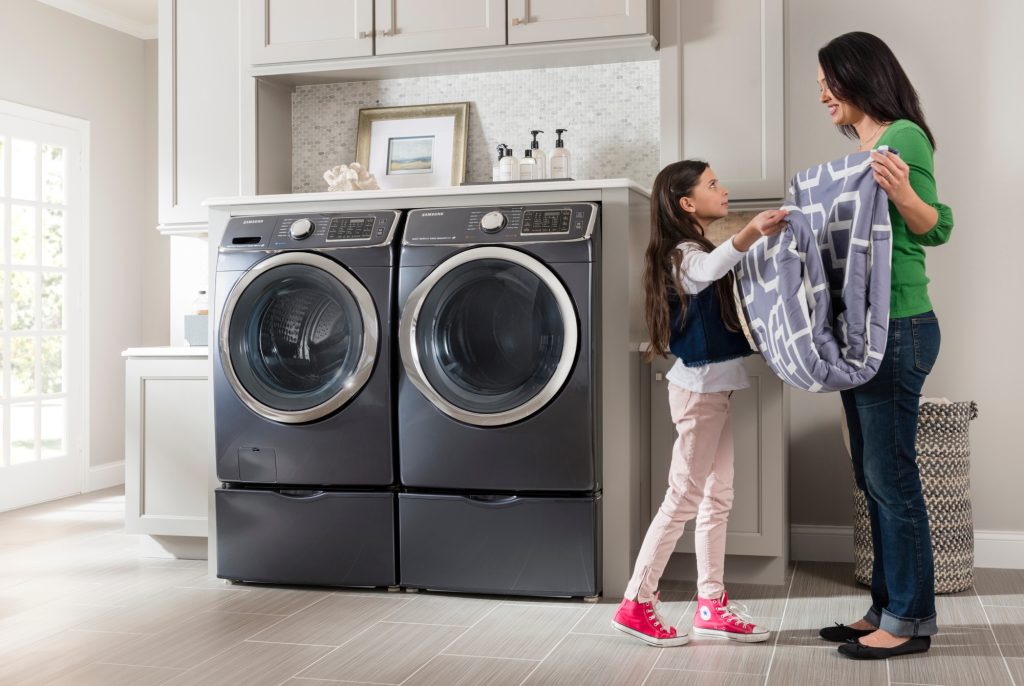Introduction
In today’s fast-paced world, household appliances have become an integral part of our lives, making daily chores more manageable and efficient. However, with the convenience they offer, there also comes a need for caution. Appliance safety is paramount to protect your home and family from potential hazards. In this article, we will explore essential appliance safety tips to ensure a secure and worry-free living environment.
Understanding Appliance Hazards
Before diving into safety measures, let’s understand the potential hazards associated with household appliances.
Electrical Hazards
- Faulty Wiring: Ensure all appliances have intact cords and plugs to prevent electrical fires.
- Overloaded Circuits: Avoid overloading circuits to prevent electrical surges and short circuits.
- Water Contact: Keep electrical appliances away from water sources to prevent electrocution.
Fire Hazards
- Poor Maintenance: Neglected appliances can malfunction and lead to fires.
- Flammable Materials: Keep appliances away from flammable materials, such as curtains or paper.
Physical Hazards
- Tipping Over: Secure top-heavy appliances to prevent them from tipping and causing injury.
- Sharp Edges: Be cautious of appliances with sharp edges, especially if you have children at home.
Appliance Safety Measures
Now that we’ve identified potential hazards, let’s discuss actionable safety measures.
Regular Maintenance
- Cleaning: Regularly clean appliances to remove dust and debris that can pose fire risks.
- Inspection: Periodically inspect appliances for wear and tear, and replace damaged parts promptly.
Proper Installation (H2)
- Professional Installation: For complex appliances like gas stoves or water heaters, hire professionals for installation.
- Ventilation: Ensure proper ventilation for gas appliances to prevent gas leaks.
Electrical Safety
- Surge Protectors: Use surge protectors to safeguard against electrical surges.
- Unplug When Not in Use: Disconnect appliances when not in use to save energy and reduce the risk of electrical fires.
- Childproofing: Install outlet covers to prevent children from inserting objects into electrical sockets.
Fire Safety
- Fire Extinguishers: Keep fire extinguishers accessible in the kitchen and laundry areas.
- Smoke Alarms: Install smoke alarms in key areas of your home and test them regularly.
Child Safety
- Safety Latches: Use safety latches on ovens, stoves, and other appliances to prevent children from opening them.
- Educate Children: Teach your children about the potential dangers of appliances and how to use them safely.
Conclusion
Prioritizing appliance safety is crucial for protecting your home and loved ones. By following the outlined safety measures, you can enjoy the convenience of household appliances without compromising on safety. Remember, a little caution goes a long way in ensuring a secure living environment.
FAQs
- How often should I clean my appliances?
Regular cleaning is essential. Aim to clean your appliances at least once a month to prevent dust and debris buildup.
- Are surge protectors necessary for all appliances?
While not mandatory for all appliances, surge protectors are highly recommended for electronics and expensive appliances to prevent damage from power surges.
- What should I do if I suspect a gas leak from my appliance?
If you smell gas or suspect a leak, immediately turn off the gas supply, open windows for ventilation, and contact a professional for assistance.
- Can children use appliances under supervision?
Yes, under adult supervision, children can learn to use some appliances safely. However, always prioritize safety by childproofing and educating them about potential risks.
- How often should I replace the batteries in my smoke alarms?
Replace the batteries in your smoke alarms at least once a year, and test the alarms monthly to ensure they are functioning correctly.








